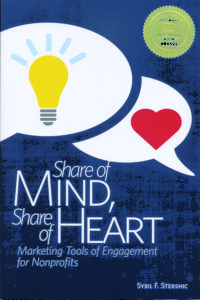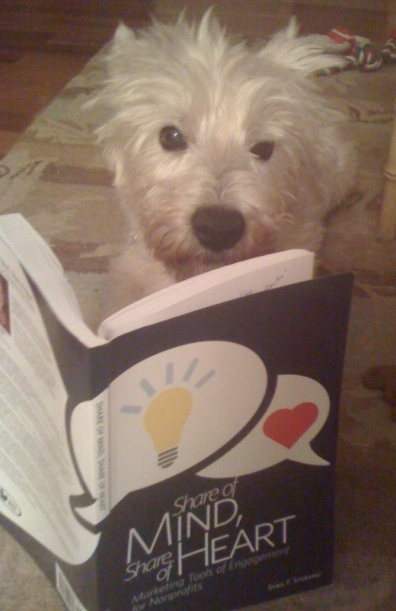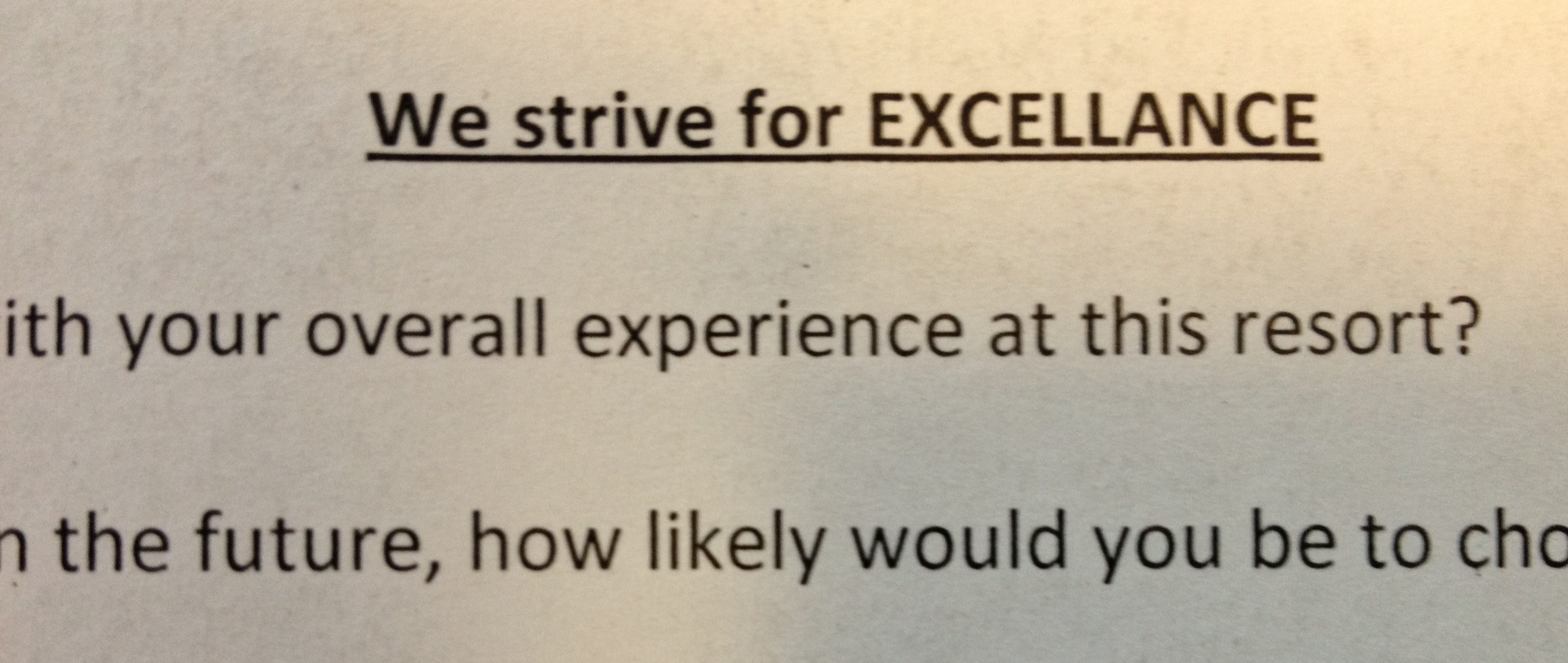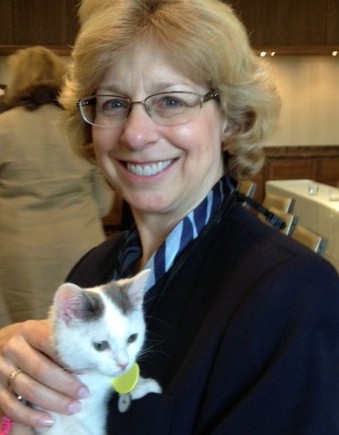I’m excited to “share” that 10 years ago this summer my book, Share of Mind, Share of Heart: Marketing Tools of Engagement for Nonprofits, was published.
[Note: this was the second – and last – business book I wrote, disappointing my son and husband who pushed for a trilogy. Sorry, guys!]
 I was encouraged by my nonprofit colleagues to write Share of Mind, Share of Heart given the favorable response to my first book on workplace engagement. The new book’s content was based on three foundational nonprofit principles I learned through extensive experience both personally (as a frontline volunteer, board member, and board chair) and professionally (as a marketing & organizational advisor, workshop instructor, and facilitator):
I was encouraged by my nonprofit colleagues to write Share of Mind, Share of Heart given the favorable response to my first book on workplace engagement. The new book’s content was based on three foundational nonprofit principles I learned through extensive experience both personally (as a frontline volunteer, board member, and board chair) and professionally (as a marketing & organizational advisor, workshop instructor, and facilitator):
- Mission matters – it provides organizational focus and intention.
- The people behind the mission also matter – the employees and volunteers who impact the brand.
- People’s passion for the mission should not be taken for granted – it does not ensure their continued commitment.
In an easy-to-read format, the book shares the insight and practical tools needed to engage employees and volunteers. This short actionable guide also includes thought-provoking questions and worksheets readers can use to apply the concepts in their organizations.
Share of Mind, Share of Heart was introduced on my blog (It’s Here! Help for Engaging Nonprofits’ Most Powerful Assets) in July 2012 and was later recognized as a Winner of the 2013 Small Business Book Awards.
Even post-pandemic, this book’s evergreen content is a valuable guide for nonprofit staff and volunteer leaders who want to strengthen their organization’s engagement from the inside-out.
Consider it an affordable investment and inspiring gift you can share with the nonprofits you care about. Limited print copies are still available through Firefly Bookstore.
“A book is a gift you can open again and again.” Garrison Keillor
[Photo by Toby Bloomberg of her beloved dog, Max, reading Share of Mind, Share of Heart: Marketing Tools of Engagement for Nonprofits. Such a smart dog!]









